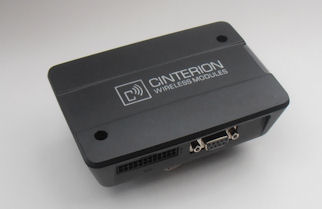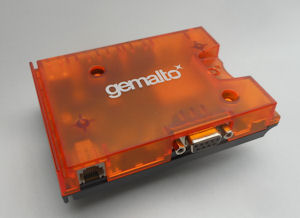
ARTEMeS - acquisition platforms
ARTEMeS is a large set of web-based distributed software, where the different parts of an application may be located in diverse locations around the world. All parts of the application are built from a common set of software components that may be installed and executed on many different hardware platforms, communicating with each other using the Internet.
In most applications measurements of environmental parameters are made by a suite of instruments or sensors, and the raw measurements processed by a small microcomputer before being delivered to the ARTEMeS acquisition server. Instruments may be connected to the ARTEMeS system via the Internet using any number of different mechanisms; PCs, Microcontrollers such as the Raspberry Pi, GPRS modems and Iridium transmitters have all been used in the past. More recently Android devices have provided a means of acquiring photographs in real time.
| Intelligent GPRS Modems | |
 |
 |
| Cinterion TC65T (Obsolete) | Gemalto EHS6T (recent) |
The simplest method to date uses an intelligent GPRS device with special ARTEMeS firmware installed. Such modems are available from
industrial electronic suppliers, requiring only a SIM card and power supply in addition to the firmware to get an instrument online.
This solution has been continuously developed by Alphecca Systems since 2005, providing a common solution for very many instruments.
One major five-year project, the London Gateway Port Development, required some 35 instruments at 20 different locations in the River Thames Estuary.
A total of nine different instrument types were used, including YSI water quality probes; Nortek current meters and profilers; RDI ADCP
current profilers; Campbell Scientific weather stations and Argus optical turbidity profilers.
Each instrument was connected to a GPRS modem with the appropriate firmware installed. Modems were cycled around the different sensors,
and the firmware updated and changed to suit operational circumstances.
The GPRS modem firmware allows field staff to control the system"s operation using text messages sent from mobile phones. this makes it possible
to remotely change calibration factors or the server to which data are sent, for example, without the need to visit the instrument.
Other commands can force the modem to use a different mobile phone service, or send status messages to a user.
An advanced feature of the firmware enables a user to control a remote instrument from a web browser. An SMS message is sent to the
modem, which switches to a web server mode and responds with another message containing an IP address.
It then becomes possible to connect to this address using a browser, and communicate directly with the instrument through a web page.
In this way the operation of the instrument can be controlled.
During the London Gateway Project this facility provided a huge cost saving, reducing the number of boat visits dramatically.
All acquisition firmware is able to access data already on the ARTEMeS server, perhaps from another instrument or location. This data can then be used to process raw measurements before acquisition. One application uses a standard water level sensor and GPRS modem to provide an extremely low-cost and effective autonomous tsunami detection system.
Secondary Processing
Many ARTEMeS applications require automatic analysis of acquired data. Typical examples include testing measured parameters against
permitted limits, such as a minimum disolved ocygen concentration; or automatic soliton detection.
For applications such as these, a standalone program running on a desktop computer gathers all required data from the server and applies the necessary algorithms.
The results are then sent back to the server where they are acquired and can be accessed by users.
The computer running the algorithm may be located anywhere in the world.

